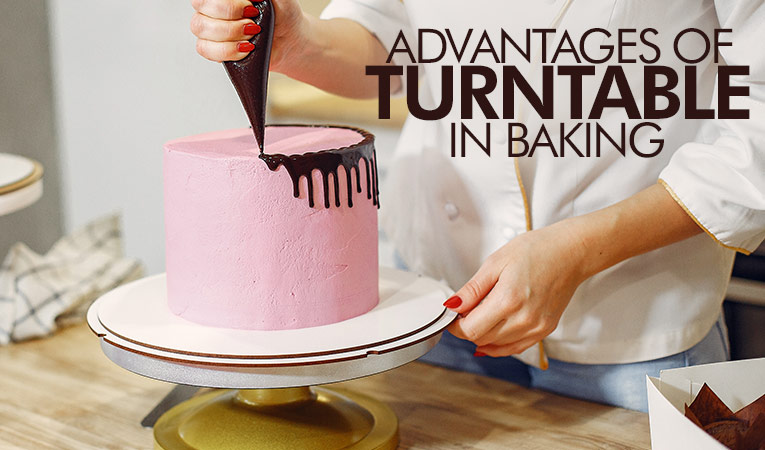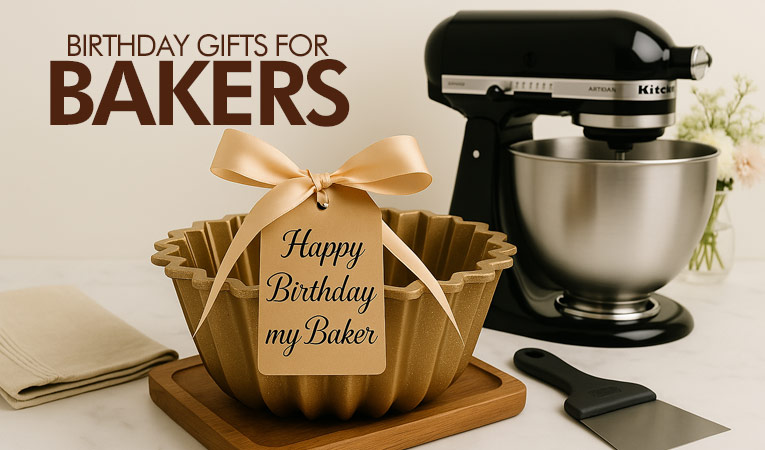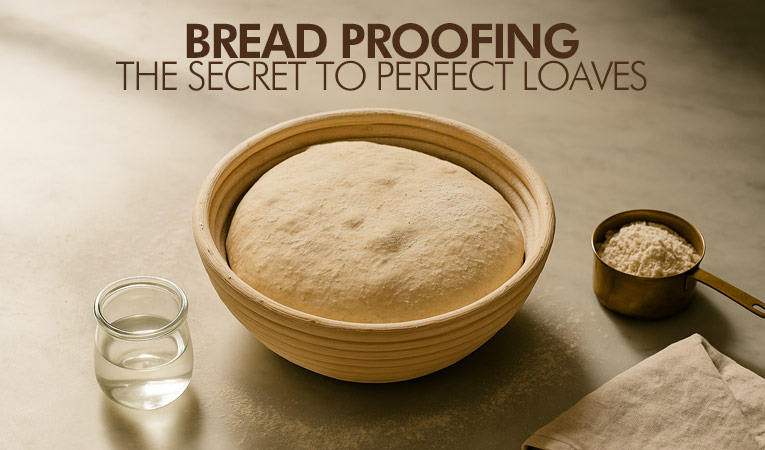A Guide to Baking with Whole Wheat Flour
03-09-2023
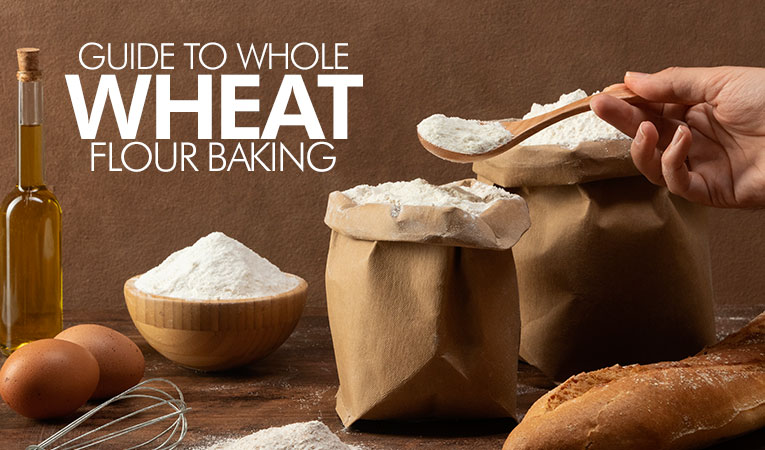
In the world of baking and culinary creativity, whole wheat flour has risen to prominence as a herald of healthier choices and a champion of nutrition. With a growing awareness of the benefits of whole grains, this humble ingredient has secured its place as a staple in kitchens around the globe. In this guide, we will embark on a journey to unravel the versatility and virtues of whole wheat flour, exploring its various applications in the realm of baking and cooking.
Whole wheat flour, often dubbed as the "healthier alternative," is derived from grinding the entire wheat kernel, encompassing the bran, germ, and endosperm. This unrefined approach retains the inherent goodness of the wheat, making it a powerhouse of essential nutrients, including dietary fiber, vitamins, and minerals. While its nutritional profile is a significant draw, the real magic lies in its ability to infuse recipes with a hearty, nutty flavor and a satisfying texture.
In the quest for healthier living and mindful consumption, understanding how to harness the full potential of whole wheat flour is paramount. It's not just about substituting it for regular flour but knowing how to achieve that perfect balance of taste, texture, and nutrition. So, whether you're a seasoned baker or a kitchen novice, this guide will equip you with the knowledge and inspiration to incorporate whole wheat flour effectively into your culinary creations. Let's embark on this wholesome adventure of wholesome baking!
The Basics of Whole Wheat Flour
Whole wheat flour, often referred to as wholemeal flour, stands as a nutritional powerhouse in the world of baking. It distinguishes itself from the more common all-purpose flour through its unrefined, comprehensive approach to milling. Unlike all-purpose flour, which is produced by milling only the endosperm of the wheat kernel, these flour retains the entirety of the grain: the bran, germ, and endosperm.
Composition of Whole Wheat Flour:
- Bran: The outer layer of the wheat kernel, the bran, is a rich source of dietary fiber. It adds a nutty flavor and contributes to the slightly coarse texture often associated with whole wheat products.
- Germ: The germ is the embryo of the wheat kernel. It's packed with vitamins, minerals, healthy fats, and antioxidants, making it a nutritional treasure trove.
- Endosperm: This is the largest part of the wheat kernel, found in the core. It contains starchy carbohydrates and some protein.
The inclusion of these flour in your baking endeavors is not only a flavorful choice but also a profoundly healthy one. Its elevated fiber content supports digestion and satiety, making it an ally in weight management. Additionally, the treasure trove of essential nutrients and antioxidants it contains ensures you're nourishing your body while savoring your baked goods. As we journey through this guide, you'll discover the versatility of these wheat flour and how it can transform your favorite recipes into nutritious delights that both your taste buds and your health will thank you for.
Baking with Whole Wheat Flour
Baking with whole wheat flour is a rewarding endeavor, but it does require some adjustments to achieve the best results. Here are some essential tips to make your whole wheat baking a success:
- Combine Flours: In many recipes, you can start by replacing half of the all-purpose flour with whole wheat flour. This maintains a balance between the benefits of whole wheat and the familiarity of all-purpose flour.
- Liquid Adjustment: These flour is more absorbent than all-purpose flour due to its higher fiber content. Be prepared to increase the liquid in your recipes, such as milk or water, by about 2 tablespoons for every cup of these flour used. This ensures your dough or batter isn't too dry.
- Mixing Time: Whole wheat flour can develop gluten faster than all-purpose flour, which may result in a denser texture. Mix your dough or batter until just combined to avoid overworking the gluten.
- Resting Period: Allow your dough or batter to rest for about 10-15 minutes before baking. This resting period allows the liquid to fully hydrate the flour, resulting in a lighter texture.
- Leavening Agents: You might need slightly more leavening agents, like baking powder or yeast, when using these wheat flour to help with the rise and fluffiness of your baked goods.
- Flavor Enhancers: The wheat flour has a nuttier and earthier flavor than all-purpose flour. Embrace this by adding complementary flavors like honey, cinnamon, or vanilla to your recipes.
- Texture Expectations: Keep in mind that the wheat flour will yield a denser and heartier texture compared to all-purpose flour. This is a desirable characteristic for some recipes like rustic bread or hearty muffins.
By following these tips, you'll master the art of baking with whole wheat flour and savor the delightful textures and flavors it brings to your creations. Don't be discouraged by its differences from all-purpose flour; instead, embrace the nutritional value and unique qualities it offers.
Popular Recipes using Whole Wheat Flour
Welcome to the heart of our guide, where we dive into the exciting realm of whole wheat flour recipes. Here, we'll explore a delectable selection of dishes that highlight the versatility and health benefits of this nutrient-packed flour. From hearty bread to fluffy pancakes, these recipes will not only tantalize your taste buds but also nourish your body. We'll provide step-by-step instructions and essential tips to ensure your whole wheat flour creations turn out perfectly every time. Whether you're a seasoned baker or just beginning your culinary journey, you'll find inspiration and satisfaction in these wholesome and flavorful recipes. So, put on your apron and let's get started on a delicious adventure with these wheat flour!
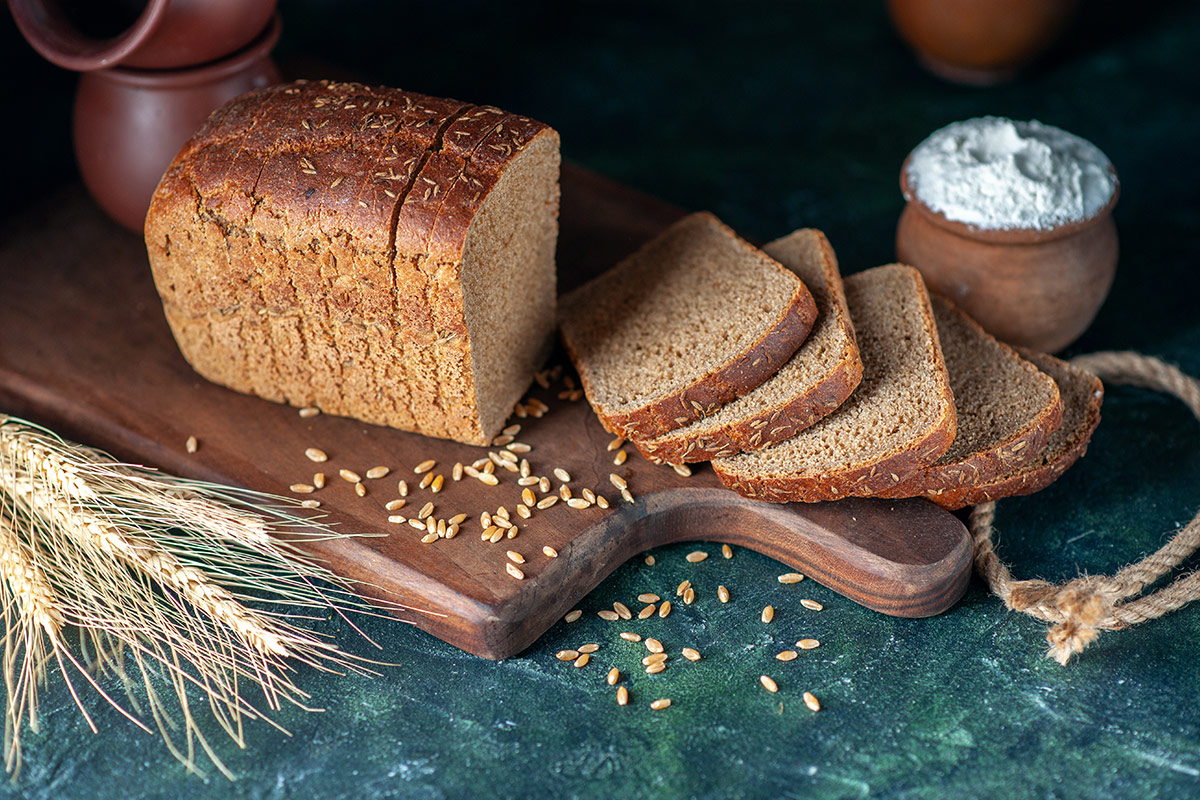
Whole Wheat Bread or Rolls:
In the world of baking, few things are as comforting and satisfying as the aroma of freshly baked bread or rolls. In this section, we'll guide you through the process of creating wholesome, whole wheat bread or rolls that are not only delicious but also a nutritious choice for your daily meals.
Ingredients:
- 2 cups whole wheat flour
- 1 cup warm water (110°F)
- 2 1/4 tsp active dry yeast
- 1/4 cup honey
- 2 tbsp olive oil
- 1 tsp salt
Instructions:
- In a bowl, dissolve yeast in warm water and let it sit for 5-10 minutes until frothy.
- Add honey, olive oil, and salt to the yeast mixture.
- Slowly incorporate whole wheat flour until a dough forms.
- Knead the dough on a floured surface for about 10 minutes until smooth.
- Place the dough in an oiled bowl, cover, and let it rise for 1-2 hours until doubled in size.
- Punch down the dough and shape it into a loaf or rolls.
- Place in greased pans and let it rise again for 30 minutes.
- Preheat the oven to 375°F (190°C) and bake for 25-30 minutes until golden brown.
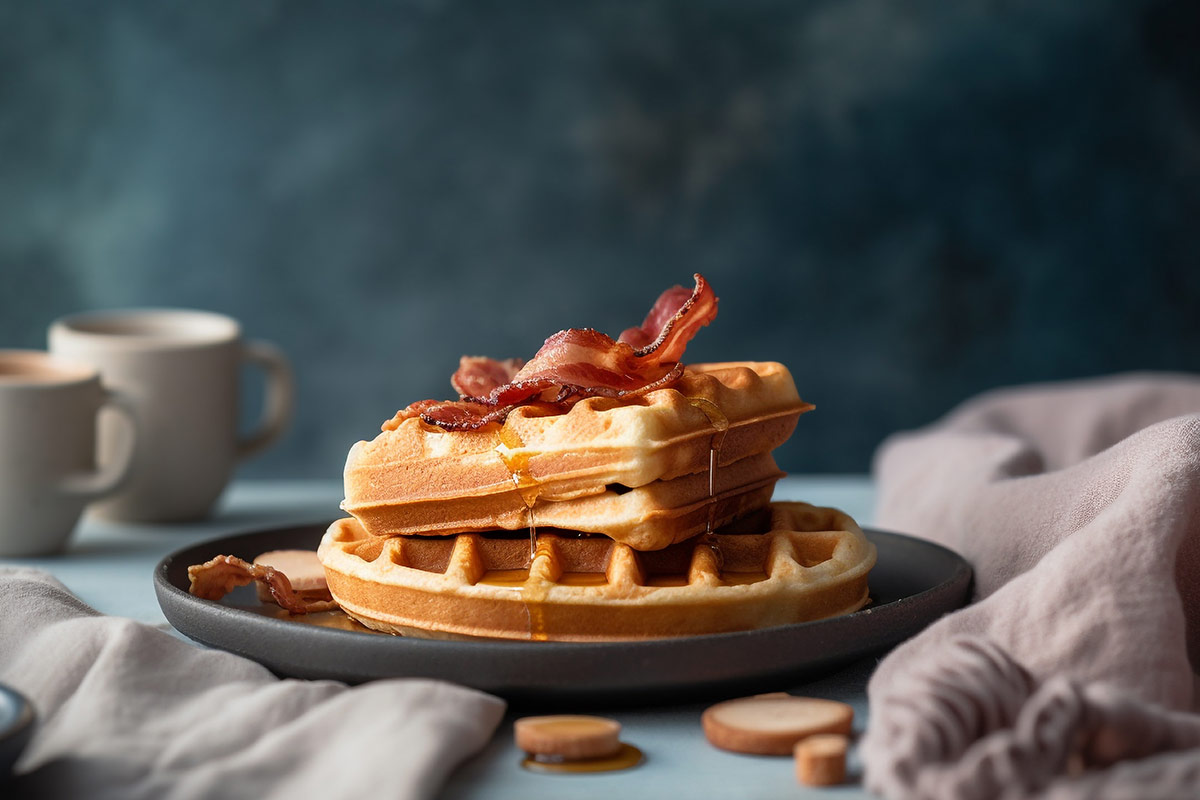
Whole Wheat Pancakes or Waffles:
Ingredients:
- 1 cup whole wheat flour
- 1 tbsp sugar
- 1 tsp baking powder
- 1/2 tsp baking soda
- 1/4 tsp salt
- 1 cup buttermilk
- 1 egg
- 2 tbsp melted butter
Instructions:
- In a bowl, mix flour, sugar, baking powder, baking soda, and salt.
- In another bowl, whisk buttermilk, egg, and melted butter.
- Combine wet and dry ingredients until just mixed.
- Heat a griddle or skillet over medium-high heat and grease it lightly.
- Pour 1/4 cup of batter onto the hot griddle for each pancake.
- Cook until bubbles form on the surface, then flip and cook until golden brown.
- For waffles, follow your waffle iron's instructions.
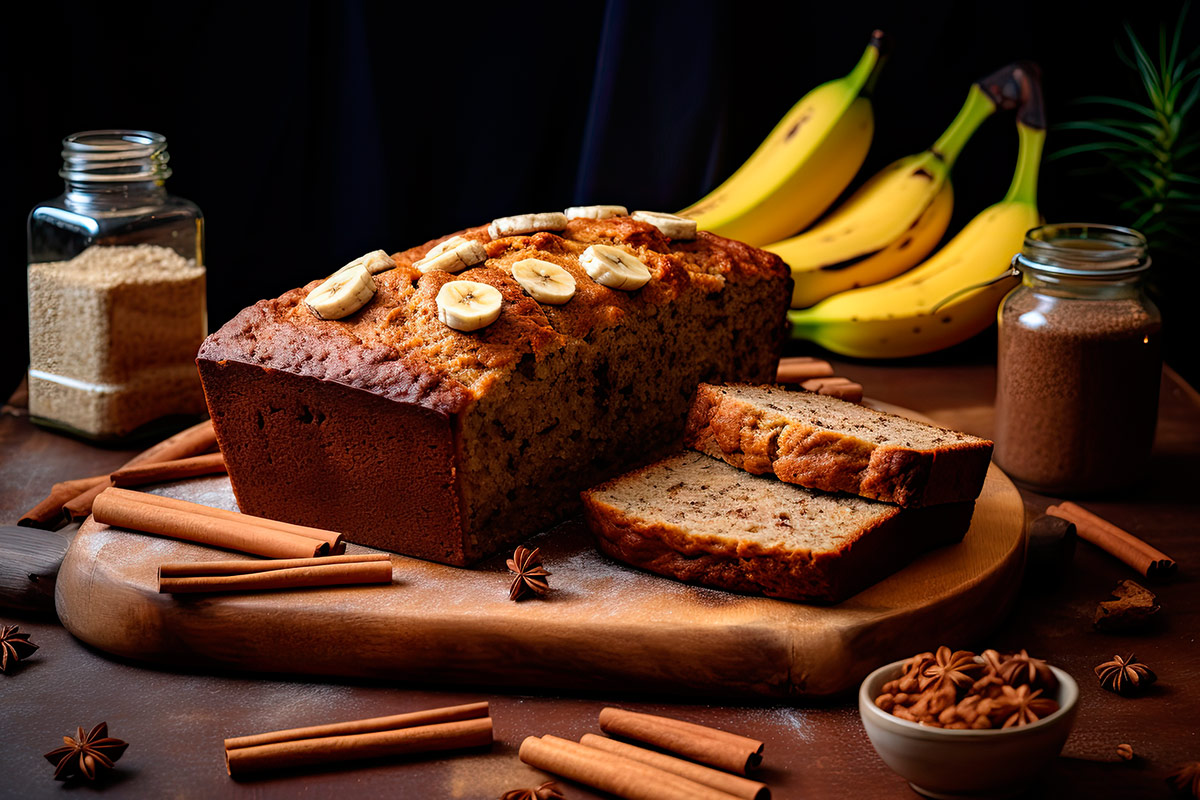
Whole Wheat Muffins or Quick Bread
Start your morning right with the wholesome goodness of whole wheat pancakes or waffles. In this section, we'll show you how to whip up these delightful breakfast treats that are as nutritious as they are delicious. Whether you prefer the fluffiness of pancakes or the crispiness of waffles, our recipe has you covered.
Ingredients:
- 1 1/2 cups whole wheat flour
- 1/2 cup sugar
- 2 tsp baking powder
- 1/2 tsp baking soda
- 1/2 tsp salt
- 1/2 cup milk
- 1/2 cup plain yogurt
- 1/4 cup vegetable oil
- 1 egg
- 1 cup mashed bananas or other fruits
- 1 tsp vanilla extract
Instructions:
- Preheat the oven to 375°F (190°C) and grease muffin tins or a loaf pan.
- In a bowl, combine flour, sugar, baking powder, baking soda, and salt.
- In another bowl, whisk together milk, yogurt, oil, egg, mashed fruit, and vanilla extract.
- Mix wet and dry ingredients until just combined.
- Pour into muffin cups or the loaf pan.
- Bake muffins for 15-20 minutes, bread for 45-50 minutes, or until a toothpick comes out clean.
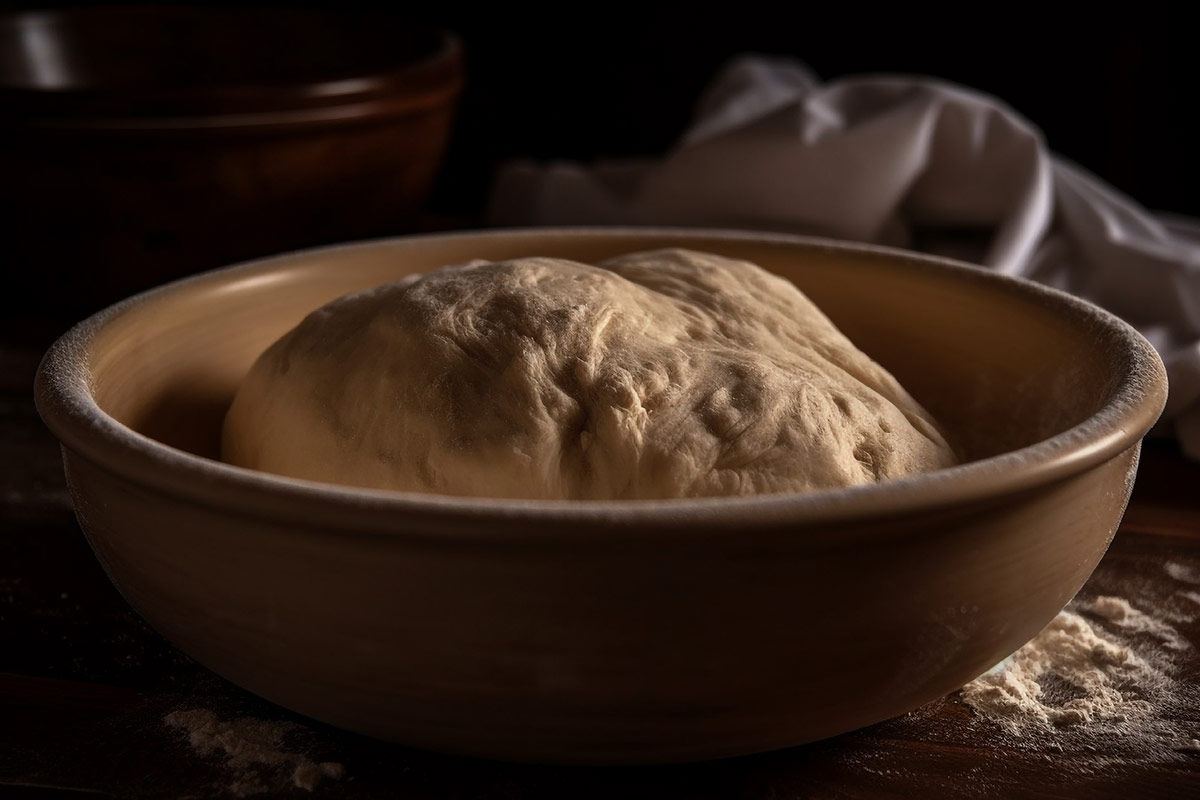
Whole Wheat Pizza Dough
Pizza night gets a healthy twist with whole wheat pizza dough. In this section, we'll guide you through crafting the perfect pizza crust, using whole wheat flour for added nutrition and flavor. Whether you're a pizza purist or love experimenting with toppings, our recipe will be your go-to for a guilt-free pizza indulgence.
Ingredients:
- 2 cups whole wheat flour
- 1 packet (2 1/4 tsp) active dry yeast
- 1 cup warm water (110°F)
- 2 tbsp olive oil
- 1 tsp salt
- 1 tsp honey
Instructions:
- In a bowl, dissolve yeast and honey in warm water. Let it sit for 5-10 minutes until frothy.
- Add olive oil and salt to the yeast mixture.
- Slowly mix in whole wheat flour until a dough forms.
- Knead the dough on a floured surface for about 5 minutes.
- Place in an oiled bowl, cover, and let it rise for 30-60 minutes.
- Preheat the oven to 475°F (245°C) with a pizza stone or baking sheet inside.
- Roll out the dough on parchment paper, add your favorite toppings, and transfer to the hot stone or sheet.
- Bake for 12-15 minutes until the crust is golden and toppings are cooked.
These recipes showcase the versatility of whole wheat flour in various baked goods, offering healthier options without compromising on taste. Enjoy experimenting and savoring the wholesome goodness of whole wheat in your homemade creations.
Storage and Shelf Life:
To keep your whole wheat flour fresh and extend its shelf life, follow these guidelines:
- Airtight Container: Store these wheat flour in an airtight container or resealable plastic bag. This prevents exposure to air, moisture, and pests.
- Cool, Dark Place: Keep the container in a cool, dark place, away from direct sunlight and heat sources. A pantry or cupboard works well.
- Refrigeration or Freezing: For longer storage, you can refrigerate or freeze these wheat flour. However, ensure it's in a moisture-proof container or vacuum-sealed bag to prevent moisture absorption and freezer burn.
- Labeling: Label the container with the date of purchase or packaging to track freshness.
Whole wheat flour has a shorter shelf life compared to refined flours due to its higher oil content from the bran and germ. Typically, it can last up to 6-8 months when stored properly. To check if it's gone bad, perform a sensory evaluation:
- Smell: If it has an off or rancid odor, discard it.
- Texture: Inspect for signs of spoilage like mold, discoloration, or clumps.
- Taste: The wheat flour should have a slightly nutty flavor. If it tastes bitter or sour, it's no longer good.
Remember that whole wheat flour is best used within a reasonable timeframe to enjoy its maximum flavor and nutritional benefits. By following these storage practices, you can ensure that your wheat flour remains fresh and ready for your wholesome baking adventures.
Conclusion:
In this comprehensive guide, we've explored the versatile world of whole wheat flour and its potential to elevate your baking endeavors. The wheat flour isn't just a healthier choice; it's a nutritional powerhouse that adds depth of flavor and a wealth of benefits to your recipes.
We've delved into the basics of wheat flour, uncovering its rich composition and numerous health advantages. You've learned how to successfully incorporate it into your recipes, adjust liquid ratios, and overcome potential challenges for delightful baking results.
Moreover, we've shared a selection of diverse recipes, from wholesome bread and pancakes to delectable muffins and pizza dough, each showcasing the unique qualities of whole wheat flour.
As you embark on your whole wheat flour baking journey, remember that experimentation is key. Don't hesitate to adapt and modify recipes to suit your taste preferences. Let your creativity flourish, and discover the joys of healthier, more flavorful baking.
We invite you to share your experiences, questions, and favorite wheat flour recipes in the comments below. Happy baking!



